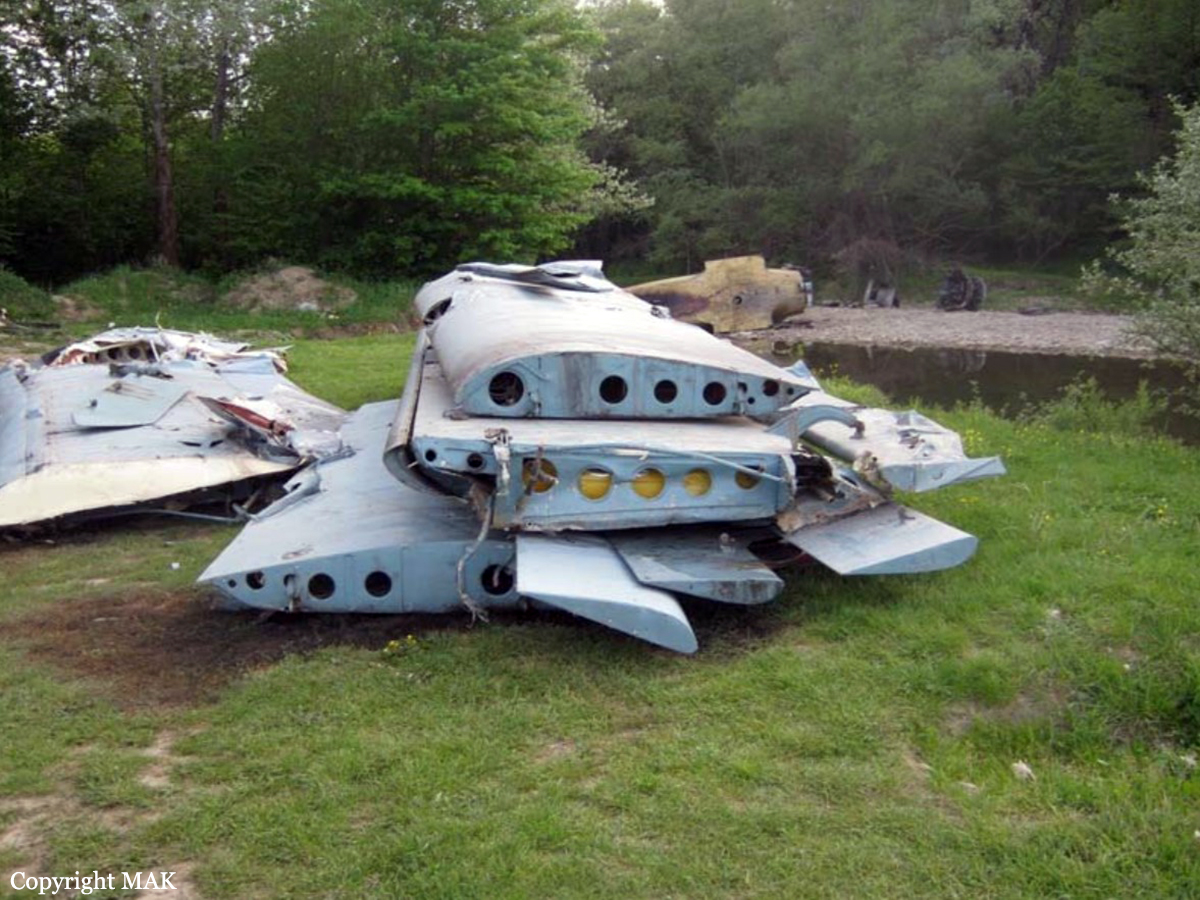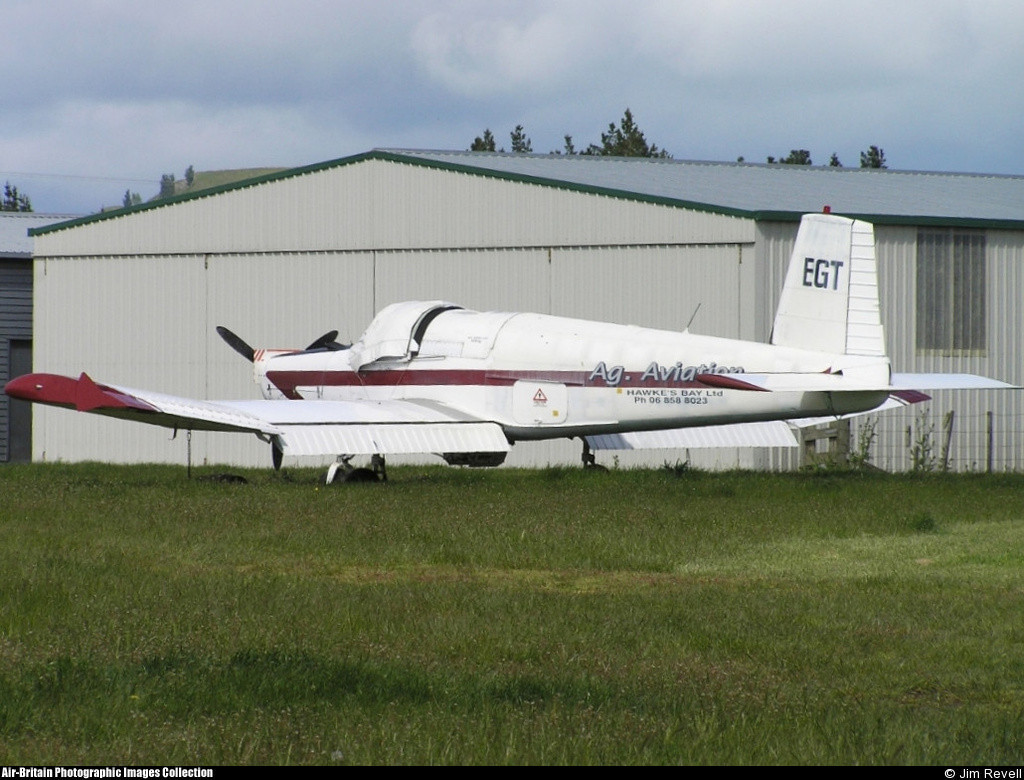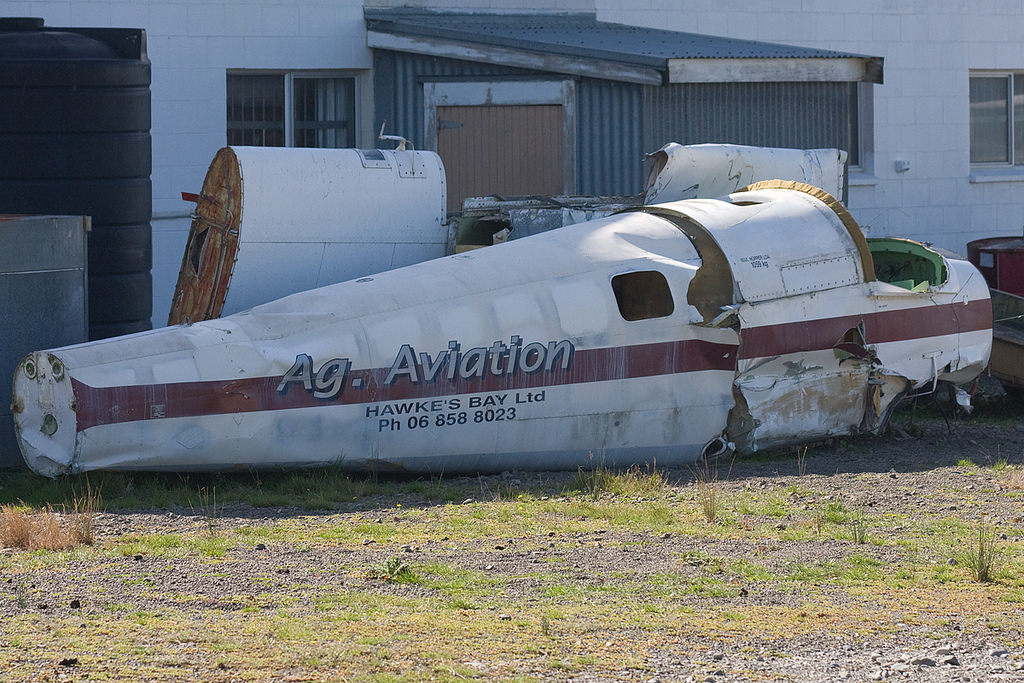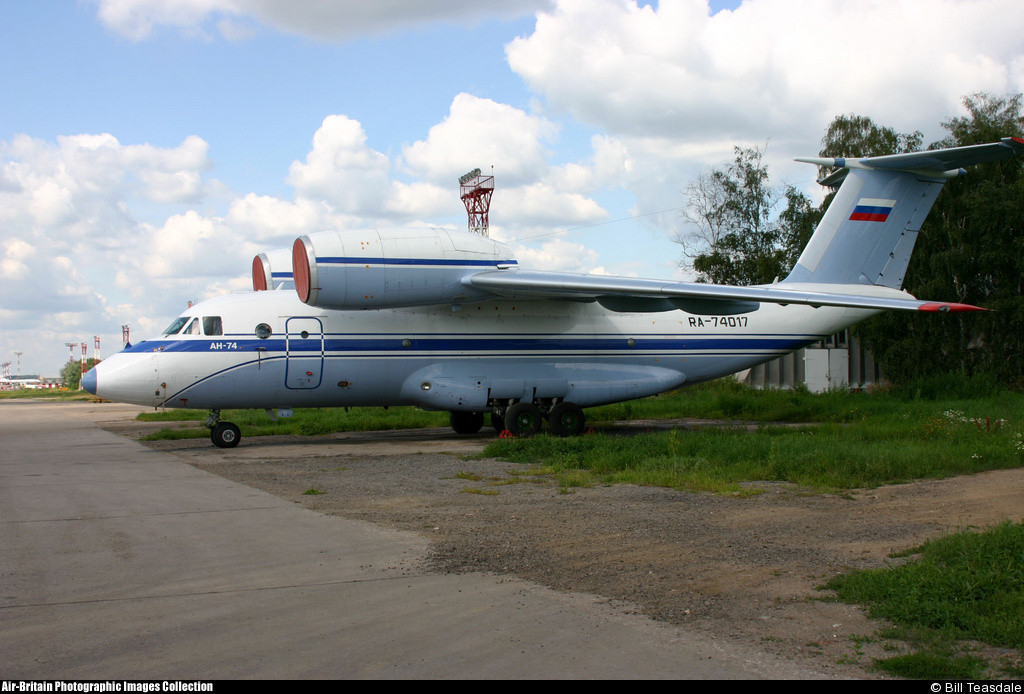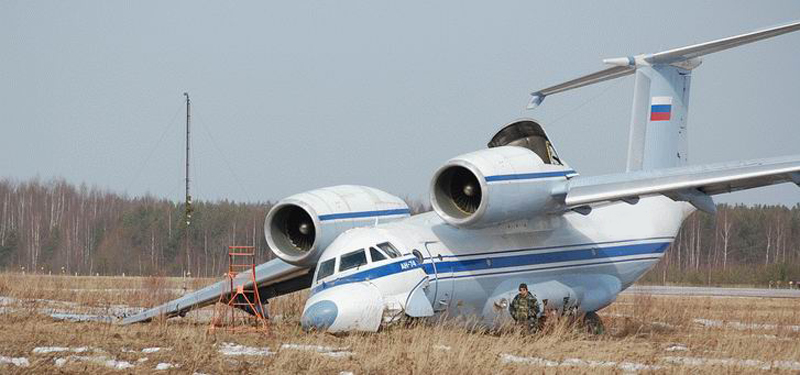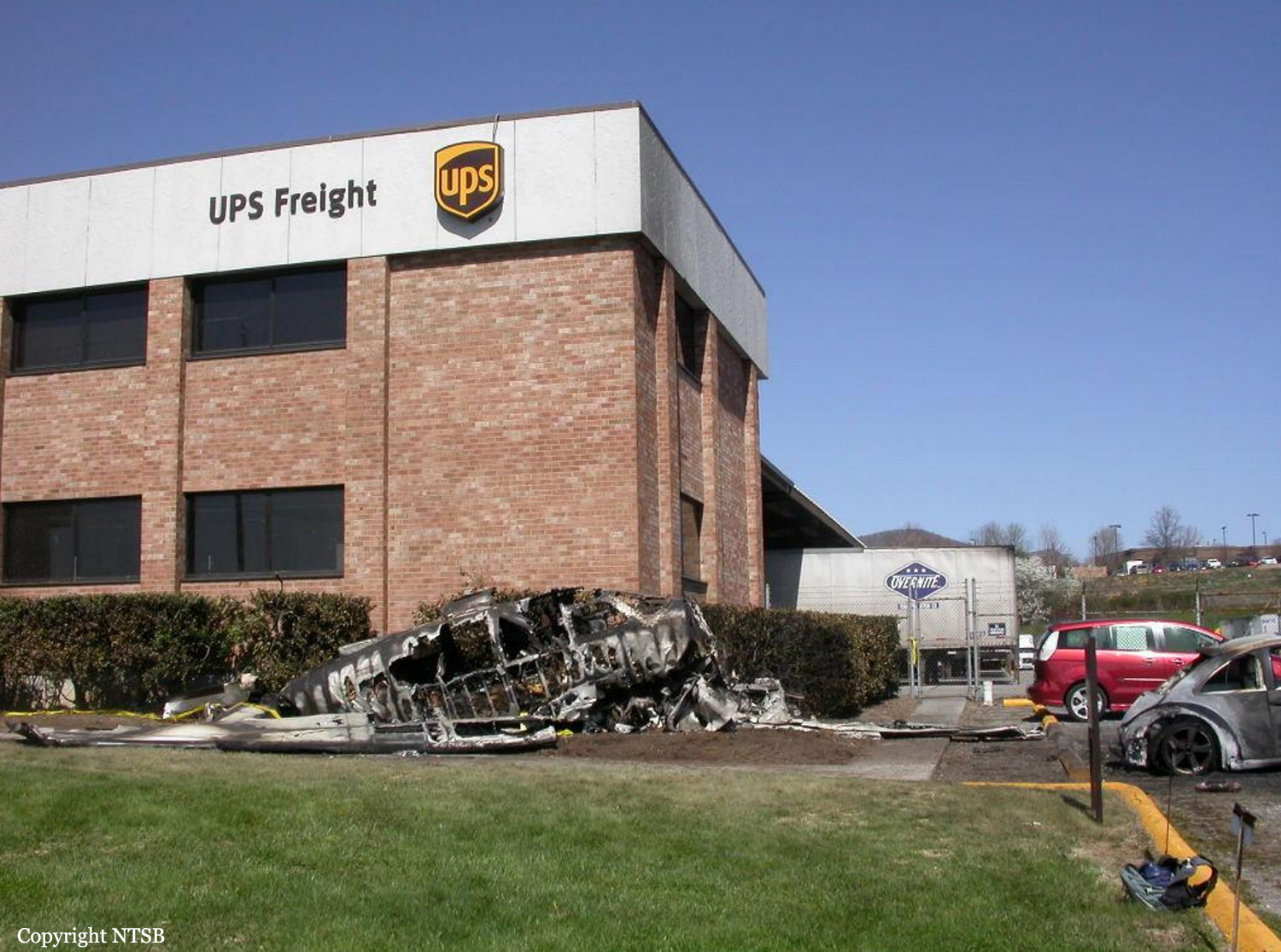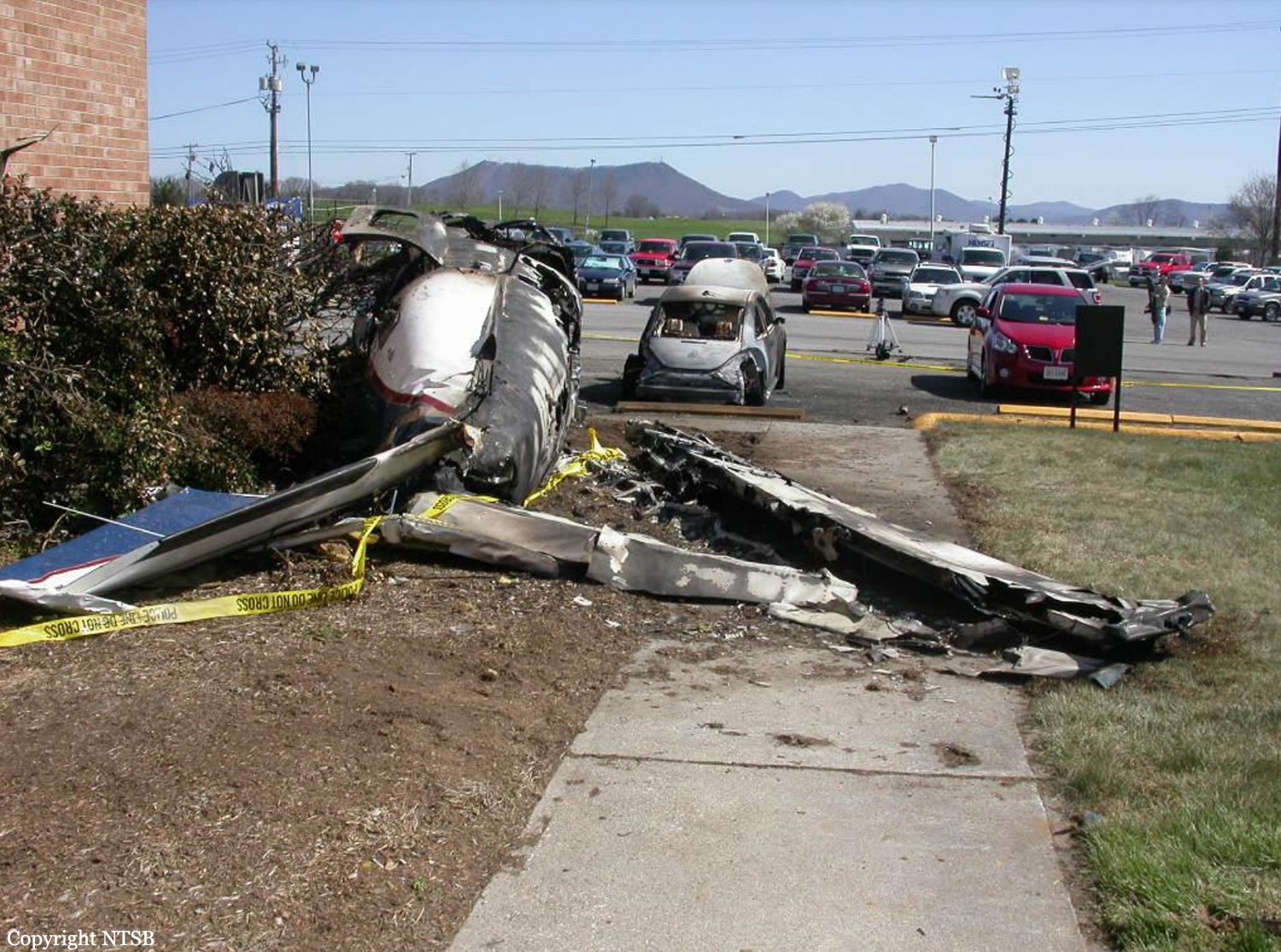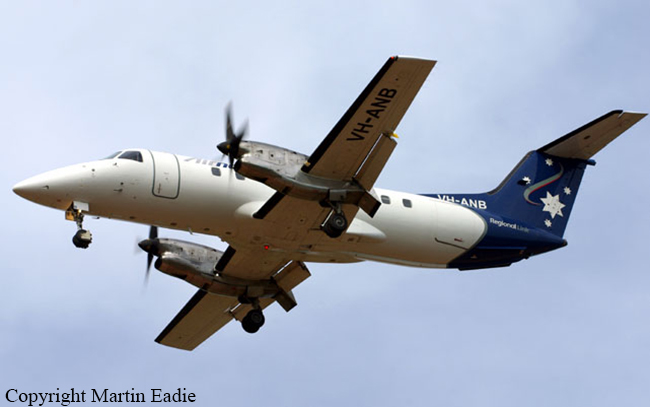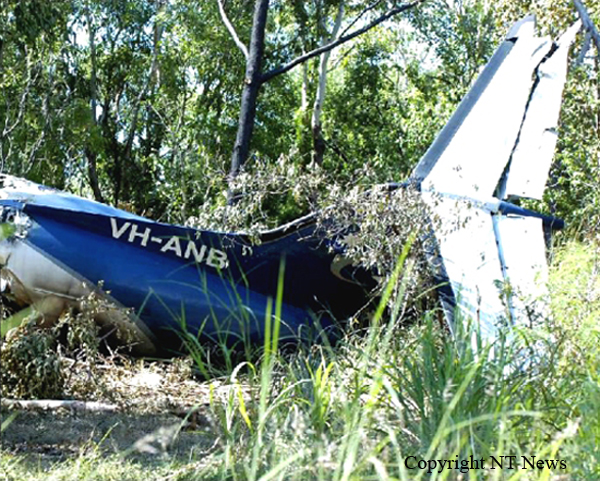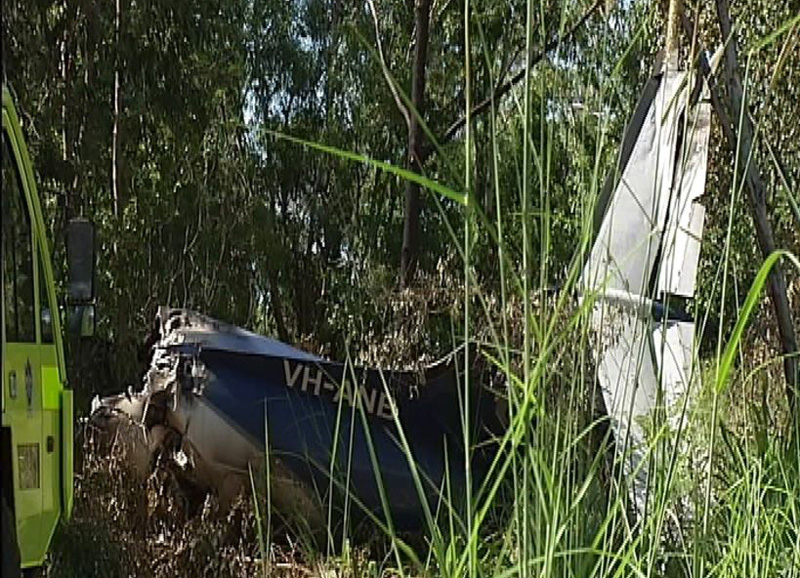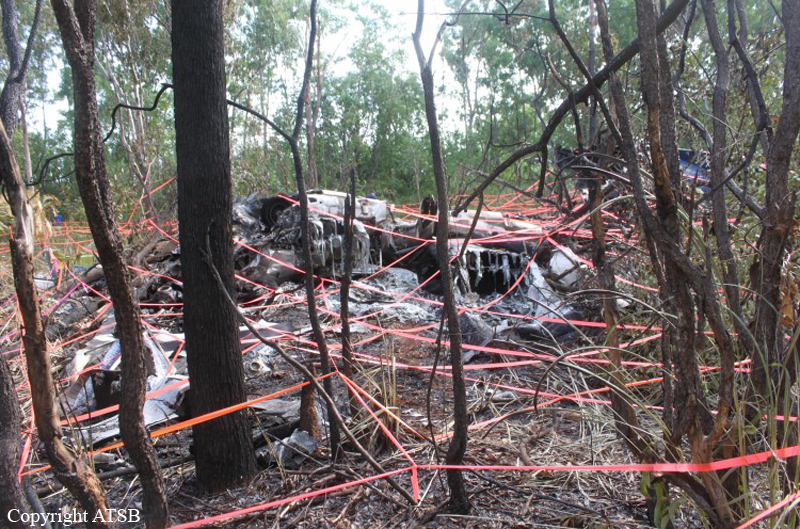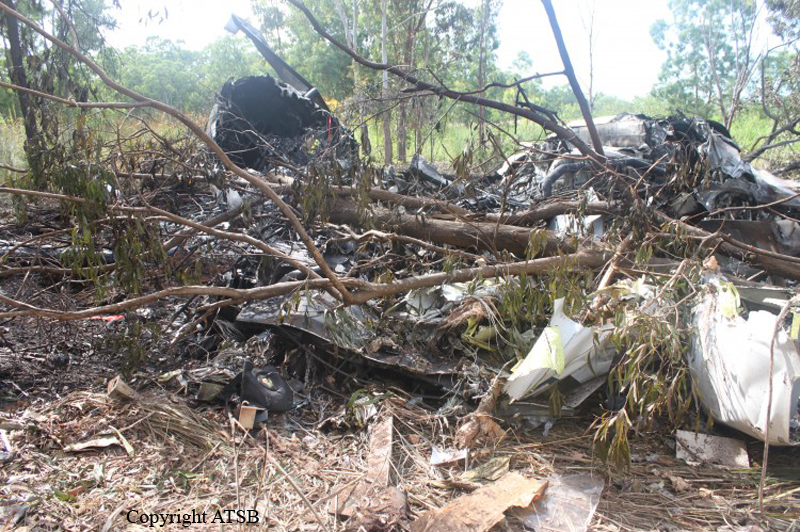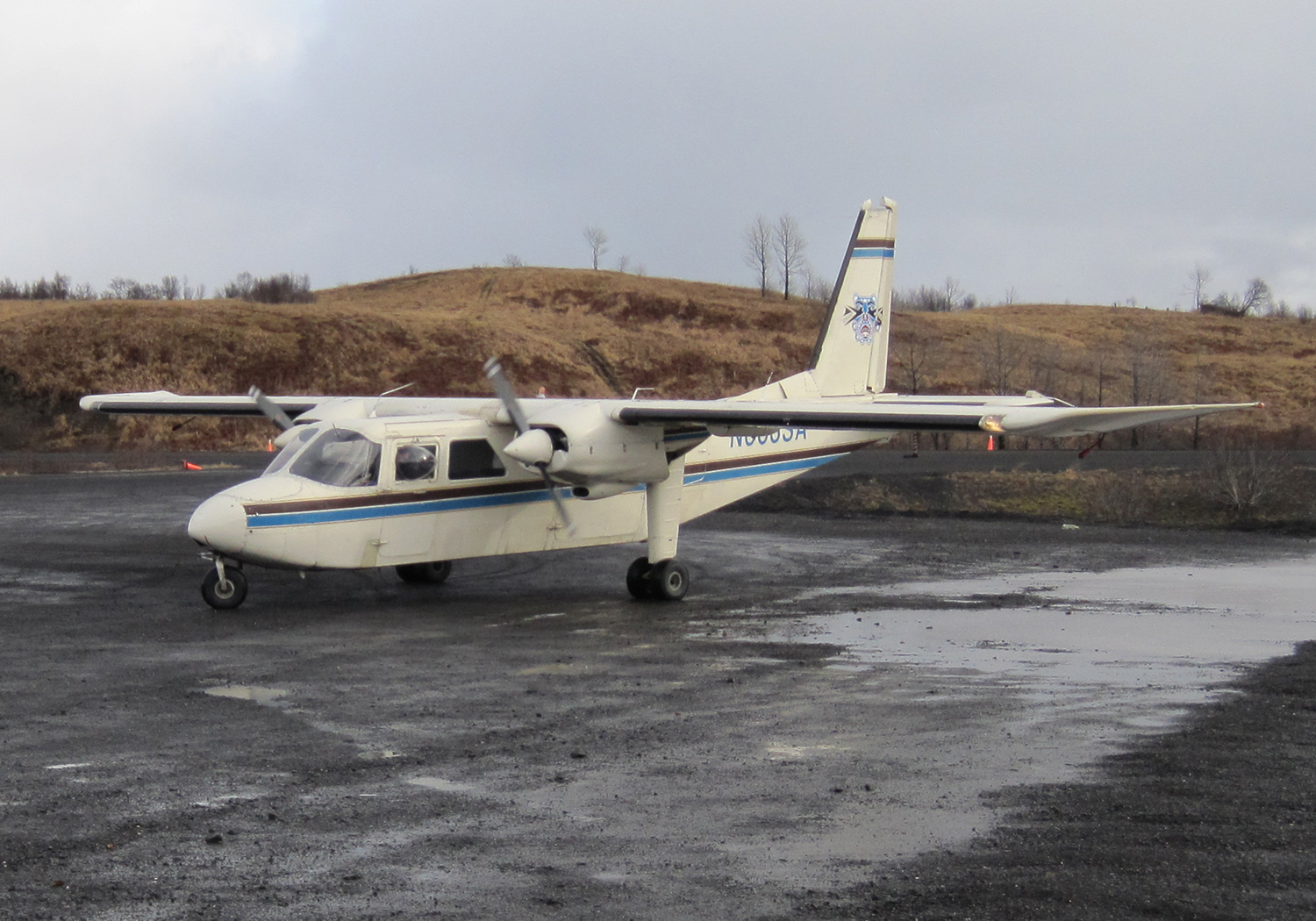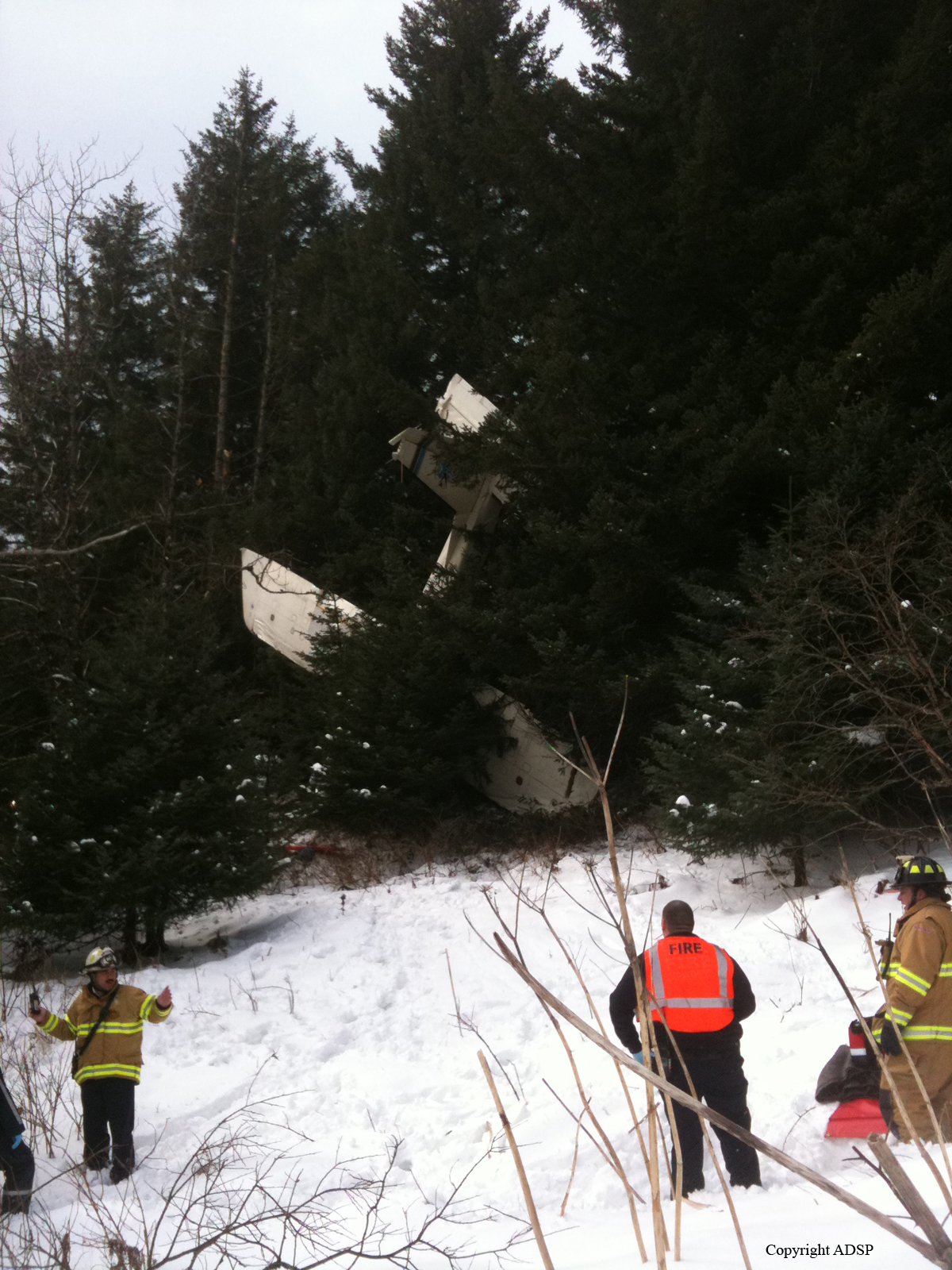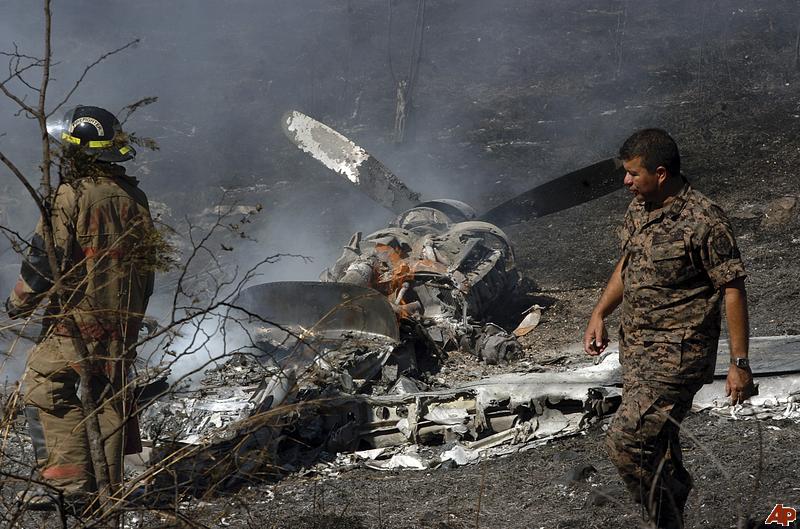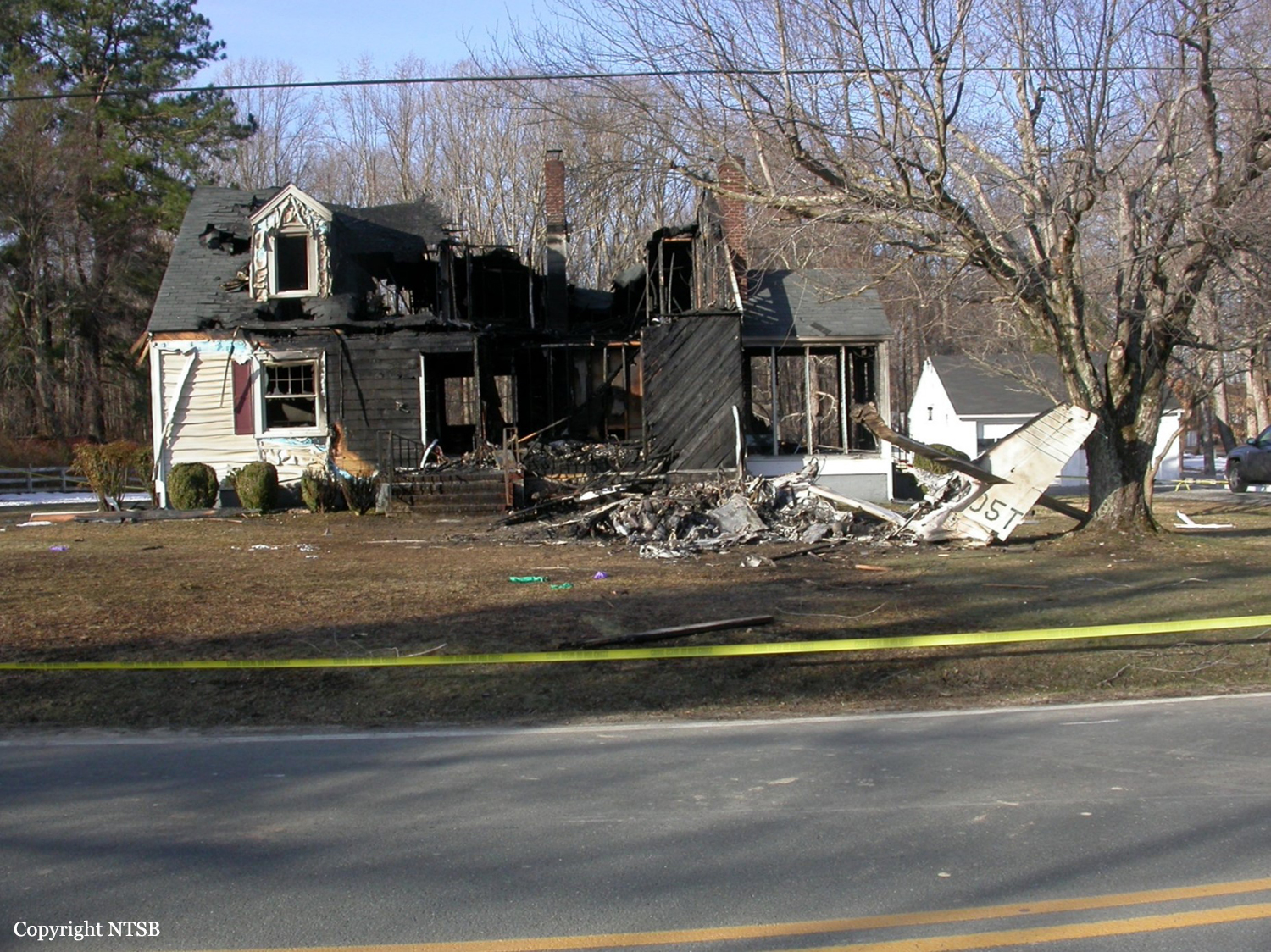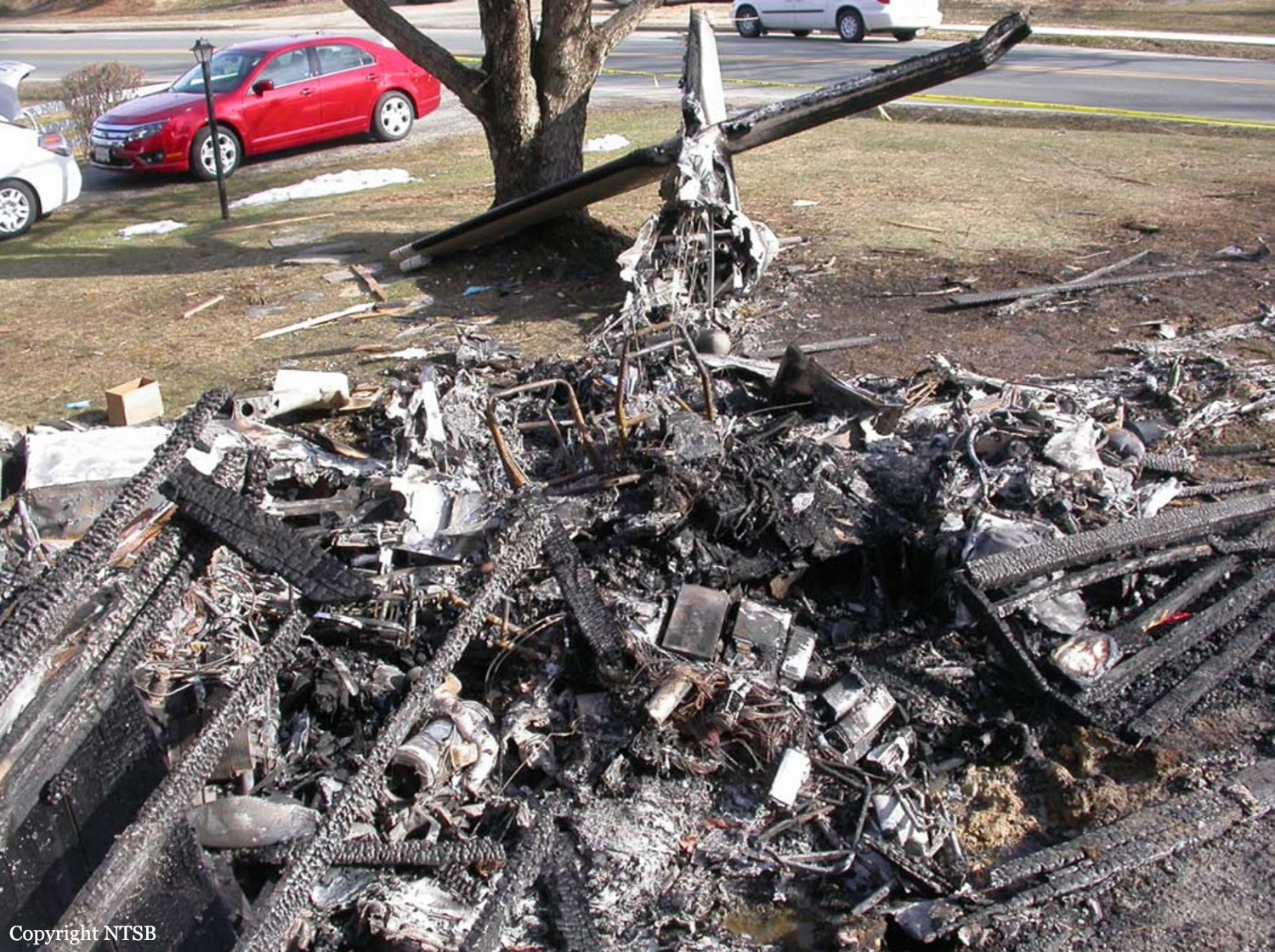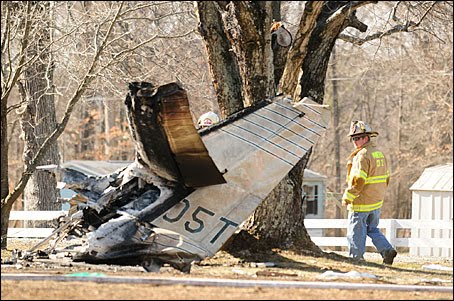Crash of a PZL-Mielec AN-2R in Goryachy Klyuch
Date & Time:
May 6, 2010 at 1026 LT
Registration:
RA-40373
Survivors:
Yes
Schedule:
Goryachy Klyuch - Goryachy Klyuch
MSN:
1G222-52
YOM:
1986
Crew on board:
2
Crew fatalities:
Pax on board:
0
Pax fatalities:
Other fatalities:
Total fatalities:
0
Aircraft flight hours:
4120
Aircraft flight cycles:
18409
Circumstances:
Shortly after take off from an open field located in Goryachy Klyuch, Krasnodar krai, while at a height of about 15 metres, the single engine aircraft stalled and crashed on a river shore. Both pilots were injured and the aircraft was damaged beyond repair. The crew was supposed to treat a wooded area with chemical products and the aircraft was carrying about 700 liters of this product at the time of the accident.
Probable cause:
The accident of airplane AN-2 RA-40373 was the result of the nose striking the ground during the execution of a forced landing due to shutdown of the ASz-62IR engine while in the process of taking off, most likely due to ingress of water into the carburetor from the fuel system of the aircraft, which led to the shutdown of the engine.
The cause of the accident was a combination of the following factors:
- Failure to comply with guidelines in part: checking facility for storing and dispensing aviation fuels and lubricants, monitoring and verification of the fuel sludge discharge after refueling for the lack of water and solids;
- Execution of a forced landing straight ahead outside the landing area on difficult terrain, covered with forests, a rugged ravine and a creek.
The cause of the accident was a combination of the following factors:
- Failure to comply with guidelines in part: checking facility for storing and dispensing aviation fuels and lubricants, monitoring and verification of the fuel sludge discharge after refueling for the lack of water and solids;
- Execution of a forced landing straight ahead outside the landing area on difficult terrain, covered with forests, a rugged ravine and a creek.
Final Report:


